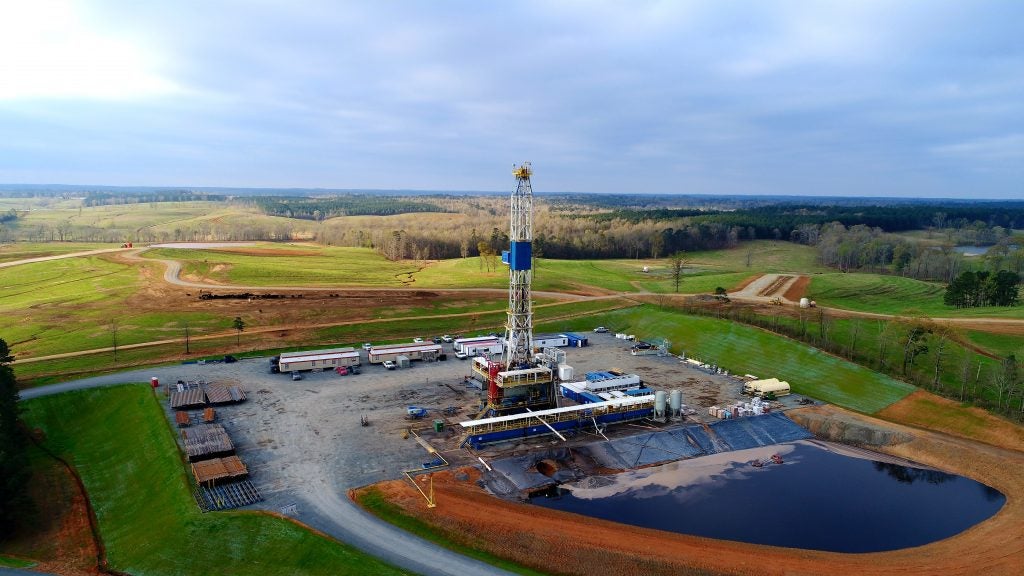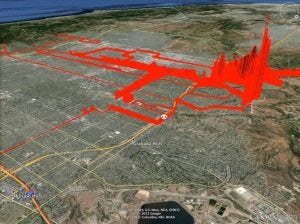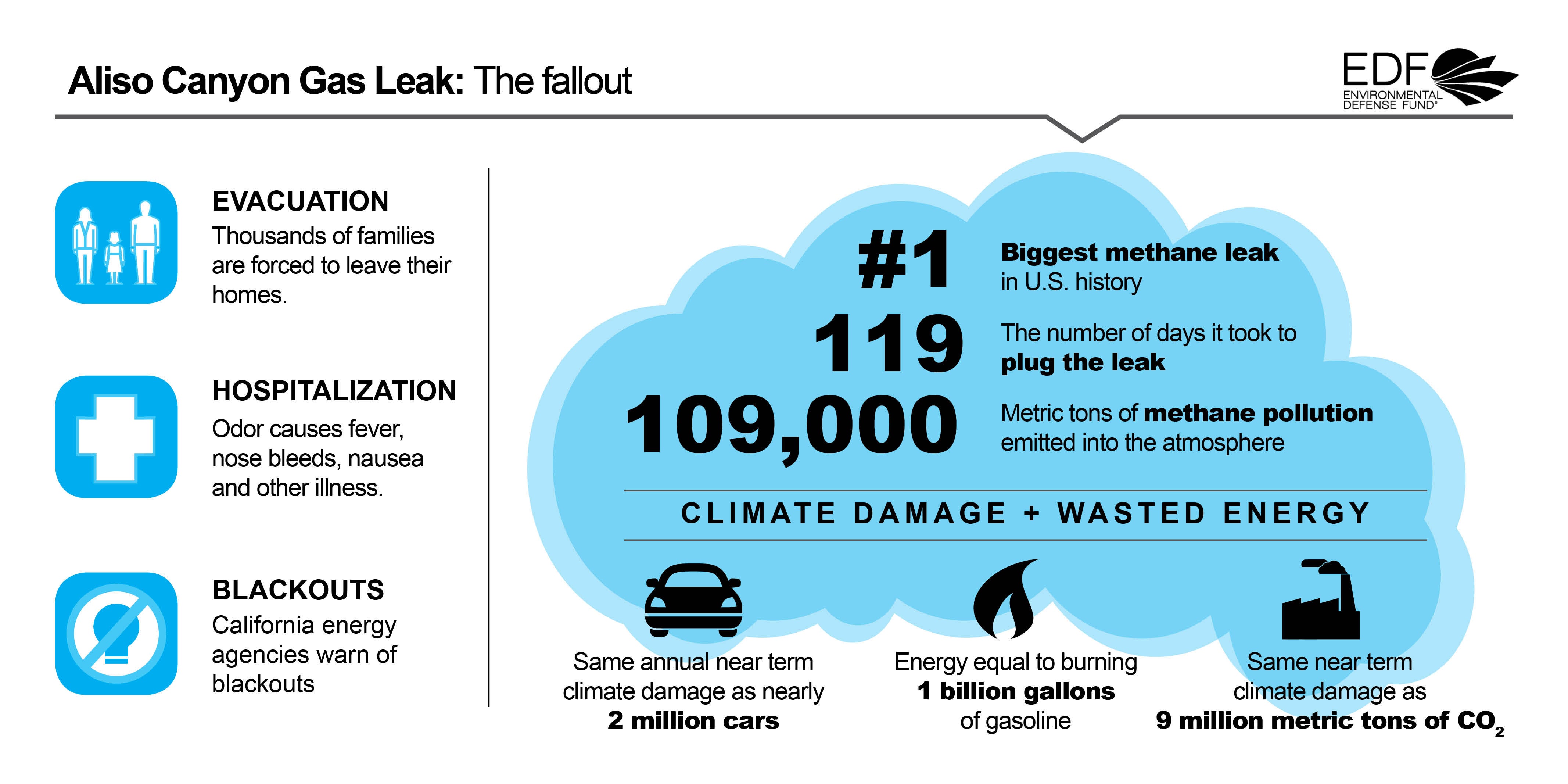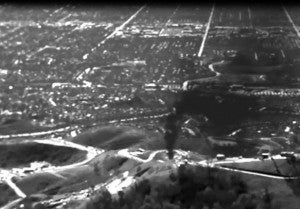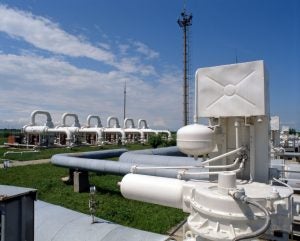 By Dan Mueller and Hanling Yang
By Dan Mueller and Hanling Yang
For more than a century, the United States has been storing vast amounts of natural gas in large, underground storage facilities. Underground gas storage is an essential tool for providing reliable natural gas supply, but these facilities must be rigorously designed, maintained and managed to minimize potential failures that can significantly impact our health and environment. This was made abundantly clear in 2015 when a failure at an underground gas storage facility in Southern California sent massive amounts of methane and other toxic chemicals into the air for months on end, resulting in the largest gas leak in modern history.
U.S. UGS regulatory programs and practices continue to improve, drawing on recent lessons learned, and that has important implications for other countries looking to develop and enhance their own gas storage programs.










